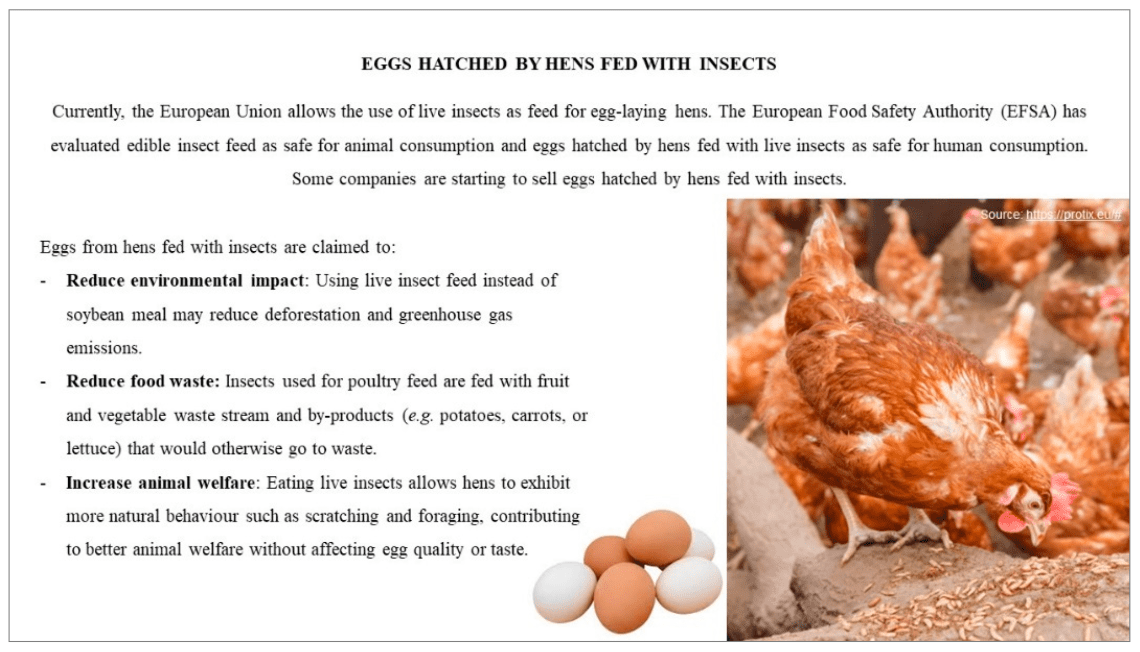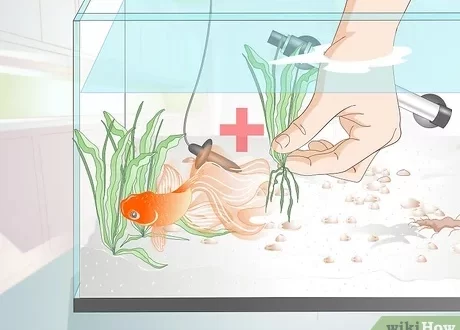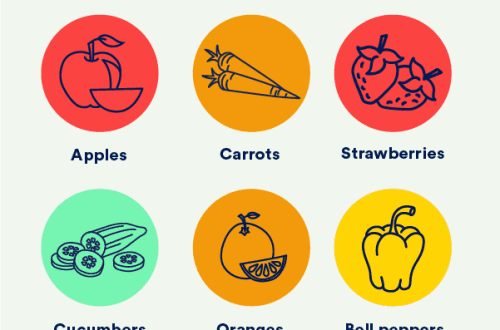
Basic information about egg production of chickens, what you should pay attention to
The primary factors influencing the egg production of chickens have been and remain excellent maintenance, high-quality and balanced feeding and constant maintenance of excellent bird health. These factors are of equal importance and are mandatory. If the egg production of a bird has decreased, it makes sense to look for the cause precisely in these factors. So, what you need to know about egg laying chickens.
Contents
Beginning of masonry
If everything is fine and there are no negative factors, young hens, having reached the age of 22-24 weeks, begin to lay their first eggs. The size of the eggs depends on the breed of bird, at the beginning it is always a very small egg, the weight of which is approximately 45 grams. The first eggs are highly valued because they have larger yolks and a little tastier overall. Further, the laying hen brings more and more large eggs and soon their weight is already 55-60 grams.
If, for some reason, the bird began to lay eggs before it matured, the eggs will be small for longer than usual. It is necessary, if possible, to ensure that she does not lay eggs too early, but begins to do so when she has gained sufficient weight. On average, the weight of a healthy chicken is approximately one and a half kilograms, but this is a fairly relative figure, which may differ in each case.
Masonry periods
If you are selling the eggs of your laying hens, then you need to get eggs all the time, at any time of the year. The most reliable way to do this is buy chickens in several small batches so that their ages are different. While mature birds lay large eggs, young birds begin to lay small ones. It is logical to sell a variety of eggs, and not be limited to only large or only small ones.
Of course, young and mature chickens should not be kept in the same place, this is due to purely hygienic considerations. Keeping the hens separate allows for a quality cleaning and disinfection of the coop when you sell your older hens. Usually chickens are not kept for more than a year, but we can postpone the deadline in both directions. Sometimes chickens are kept up to 16 months.
When egg production dropped
When laying hens no longer produce eggs, they turn into a wonderful product for soup. more profitable use chickens of medium and heavy breedsbecause they are fatter and weigh more. What happens to a bird with age?
- The older the hen, the more fat it contains.
- Eggshells become more porous with age
- significantly increased the number of broken eggs.
All this signals that egg production is decreasing and when it drops to 50%, it is time to sell or liquidate a batch of chickens.
How to count eggs
The egg production of your batch of hens can be visualized as a performance curve, which should always look the same plus or minus. At first, this curve grows quite quickly and reaches 80-90% in a short period of time, it stays at the same level for three to four weeks, and then it gradually decreases.
The rate of this decline shows egg quality – the slower the decline, the better the egg production. It does not matter how many chickens you have – a few pieces or a whole flock, you should always keep a written record of egg production for a clear understanding of the situation. If we are talking about the industrial production of eggs, it is imperative to monitor the condition of chickens using graphs and diagrams.
If the periodicity of oviposition is violated
When, filling out the statement regularly, you notice that the number of eggs has decreased dramatically, be sure to pay attention to this. Perhaps the chickens began to drink too little or, suddenly, got sick with something. In these cases, you must respond to the problem as quickly as possible. If the summer heat is long, this can also affect the number of eggs. To help your laying hens, give them vitamins, boosting their immunity.
Vitamin C will also come in handy, because it is often used to reduce stress, and the heat is very stressful for chickens. If the birds have a paddock, check if there is a shadow in it. In the case when the shade from the bushes is not enough, it makes sense to make simple shelters from the sun. It is important for indoor chickens provide good ventilation, however, you should not overdo it with this so that there is no draft.
unwanted hatching
Often there are negative consequences of unwanted incubation of eggs. Such a nuisance usually happens with breeds not intended for incubation. If chicks need to be hatched, hens should start incubating eggs early. The most suitable for incubation is early spring – March, April. If you choose which bird to entrust hatching, it is worth stopping at medium-heavy birds. Medium-heavy laying hens look better because they can hatch several eggs at once.
Ideally, you need to understand in time that the laying hen is prone to incubation. This becomes clear when you notice that she constantly tries to sit and hum. You can’t just leave the bird to hatch eggs all day, it needs some time to wean. After this, the chicken will no longer lay eggs. For weaning, there is a simple solution available – the so-called “weaning mats” from bars and wire. It is placed so that the bird can see other chickens.
At the same time, she does not feel either heat or warm air, due to which she ceases to want to hatch an egg. Also do not feed the brood hens with protein foods, but provide enough water. Observing these conditions, the chicken ceases to be a mother hen and begins to lay eggs again.
Good and bad hens
There are some signs to distinguish a good laying hen from a bad one. If you correctly distinguish good laying hens, this will certainly increase the egg production of your livestock, as well as help select chickens for slaughter.
Signs of a good laying hen
- Soft big belly, similar to a sponge.
- The soft space between the legs of the hens. Measure this distance with your fingers. You need to fit 2-3 fingers, but it is worth remembering that not all fingers and chickens are the same, therefore, this measure may vary.
- Straight legs, allowing the egg to come out better.
Poultry farmers independently decide what to do with non-bearing chickens – to continue to keep or send for slaughter. If a particular chicken stops laying, it will usually be sorted, but if the whole population – treated with vitamins or medications. There are times when it is easier to get rid of the entire livestock and start a new one.





